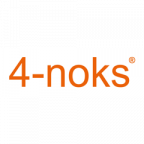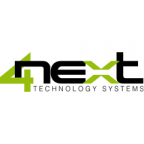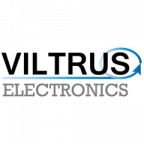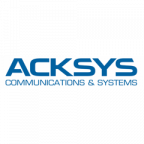Ethernet Technology
Managed and Unmanaged Ethernet Switches, Routers, Link Extenders, Remote I/O, Data Loggers and Patch Panels are all critical components in modern networking and industrial applications.
Here is an overview of each of these components and their role within a network infrastructure:
- Managed and Unmanaged Ethernet Switches: Ethernet switches act as central nodes in a network, controlling data transfer between different devices. Unmanaged switches are simpler and require little configuration. They are suitable for basic networks. Managed switches offer advanced features such as VLAN support, Quality of Service (QoS), and remote management, making them suitable for complex networking needs and industrial applications.
- Routers: Routers connect different networks and manage the traffic flow between them. They are essential for connecting local networks to the Internet and for routing data packets to their destination. Routers also provide security features, such as firewalls and NAT (Network Address Translation).
- Link Extenders: Link Extenders, also known as Media Converters, help extend network connections over greater distances or between different media formats, such as copper to fiber or extending the copper link. They are useful in industrial environments where long distance connections are required.
- Remote I/O (Input/Output): Remote I/O systems are used to send digital and analog signals from remote sensors and actuators to a central controller. This is useful in process automation and industrial control.
- Data Loggers: Data Loggers record and store data from sensors and devices over time. They are commonly used for monitoring environmental variables, such as temperature and humidity, in industrial, scientific, and environmental applications.
- Patch Panels: Patch Panels are used to organize and connect network cables to switching devices, such as switches and routers. They provide structured and efficient cabling of networks and are vital in data centers and server rooms.
Together, these components form a robust infrastructure for modern networks and industrial applications. The choice between managed and unmanaged switches, the configuration of routers, the use of link extenders and the implementation of remote I/O and data loggers depend on the specific needs and complexity of a network environment. Patch panels ensure neat and orderly cabling, which contributes to the reliability and ease of maintenance of the network.





